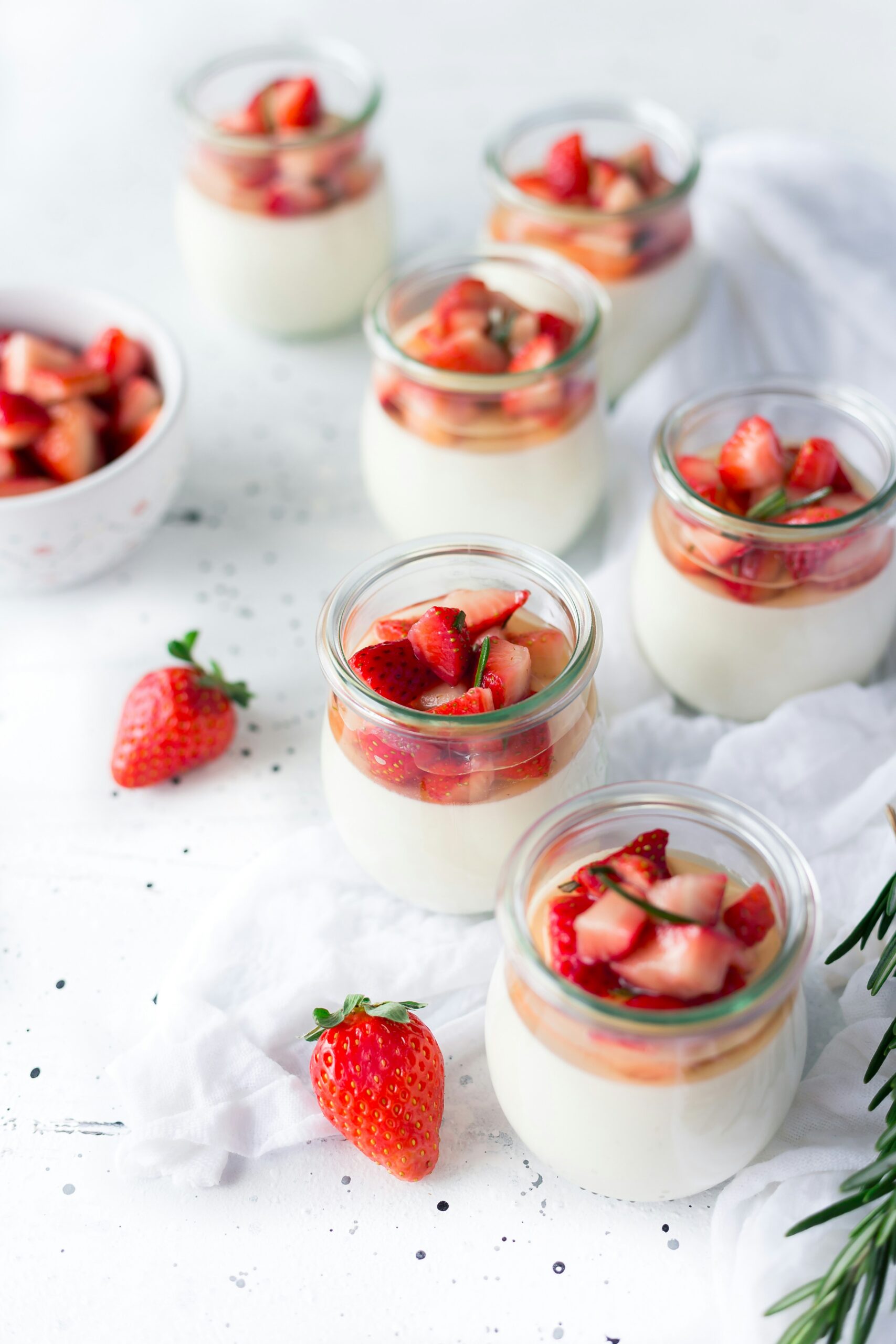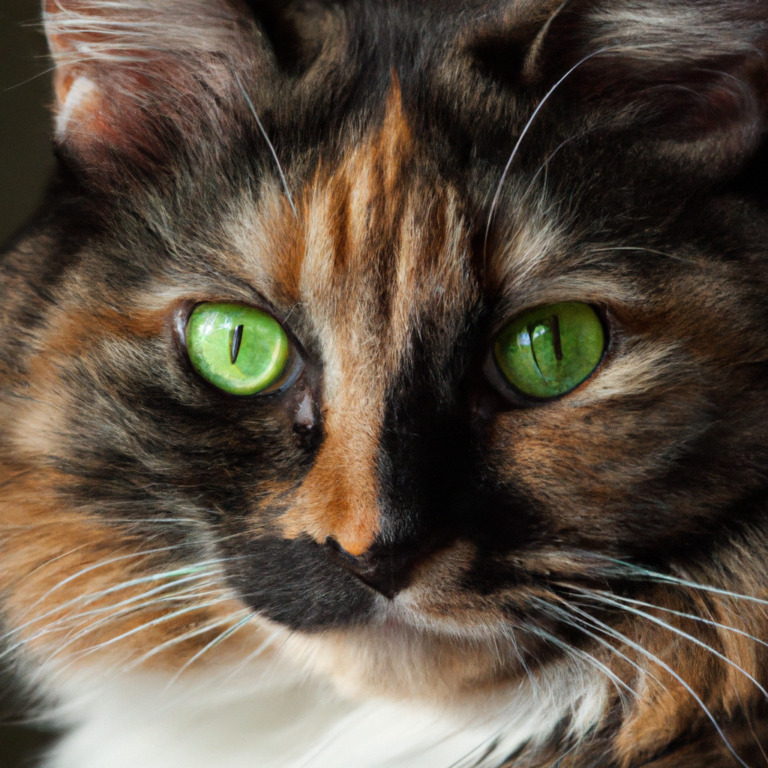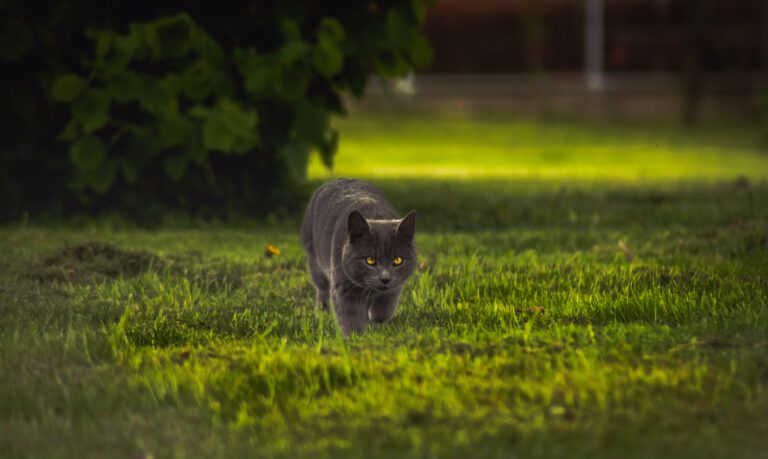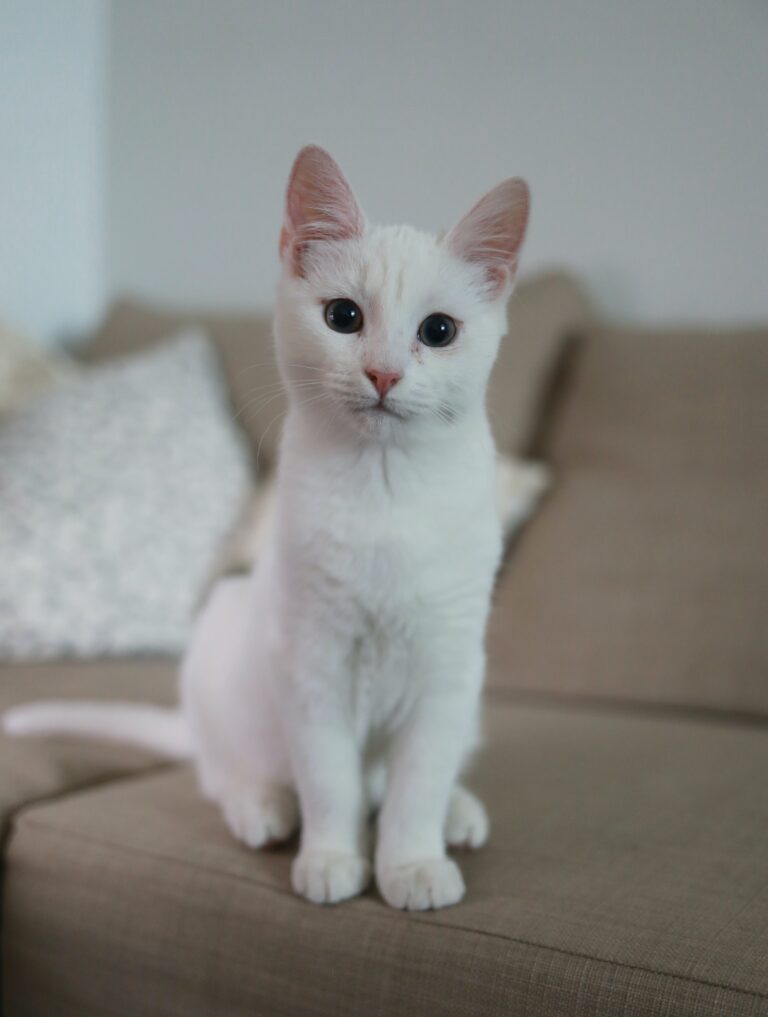What Is Chicken Meal In Cat Food
If you’re a cat owner, you probably want to ensure that your furry friend is receiving the best nourishment possible. As you scan the labels of various cat food options, you may come across the term “chicken meal.” But what exactly does chicken meal mean? In the world of cat food, chicken meal is a high-quality ingredient that provides an excellent source of protein for your feline companion. While it may sound like ground-up chicken, chicken meal is actually a concentrated form of chicken that undergoes a meticulous cooking process. Join us as we explore the fascinating world of chicken meal in cat food and discover why it plays a crucial role in providing the essential nutrients your beloved pet needs. When you see the term “chicken meal” on the label of your cat’s food, you may wonder what exactly it means. Chicken meal is a common ingredient found in many cat food products, but it’s important to understand its definition, how it’s produced, the differences between chicken meal and chicken by-products, the nutritional value it provides, and the benefits it offers for your feline companion.
Definition of Chicken Meal
Chicken meal refers to a rendered product made from chicken meat that has been processed to remove the moisture and fat content. It is composed of ground chicken meat and skin, with or without bones, but without feathers or heads. The chicken is typically cooked before being ground into a fine powder. This rendering process ensures that the final product is highly concentrated with protein, making it a valuable ingredient for cat food formulations.
To ensure quality and safety standards, chicken meal production is regulated by both government agencies and industry organizations. The United States Department of Agriculture (USDA) sets regulations for chicken meal production, ensuring that it meets certain quality and safety criteria. Additionally, the Association of American Feed Control Officials (AAFCO) provides guidelines and definitions for various animal feed ingredients, including chicken meal.
How It Is Produced
The production of chicken meal involves several steps to create a high-quality ingredient for cat food. The process begins with selecting the starting material, which includes chicken meat and skin from healthy birds. These raw materials are sourced from approved suppliers that adhere to strict quality control measures.
Once the raw materials are obtained, they undergo a rendering process. This process typically involves cooking the chicken at high temperatures to kill any potential pathogens and remove most of the moisture and fat. The result is a concentrated protein source that can be easily ground into a powder.
After rendering, the chicken meal goes through rigorous quality control and safety measures. This includes testing for chemical contaminants, such as heavy metals and pesticides, as well as microbial contaminants like salmonella. Only batches that pass these tests are deemed safe for consumption and can be used in the production of cat food.
Chicken meal can be sourced from different parts of the chicken, as long as it adheres to the definition and composition regulations set forth by the USDA and AAFCO. This means that it may contain a combination of ground chicken meat and skin, with or without bones. Feathers and heads are excluded from chicken meal production.

Differences Between Chicken Meal and Chicken By-Products
While chicken meal is made from chicken meat and skin, chicken by-products refer to the non-rendered parts of the chicken, such as the internal organs, beaks, and feet. While chicken meal is a highly concentrated protein source, chicken by-products may contain a wider range of ingredients, including less desirable parts of the chicken.
In terms of nutritional value, chicken meal generally provides a greater amount of protein compared to chicken by-products. The rendering process used to produce chicken meal helps remove moisture and fat, resulting in a more concentrated protein source. On the other hand, chicken by-products may have a lower protein content and can vary in quality, depending on the specific ingredients included.
When examining ingredient lists in cat food products, it’s important to understand the differences between chicken meal and chicken by-products. Chicken meal is typically listed as a named ingredient, such as “chicken meal” or “dehydrated chicken meal.” Chicken by-products, on the other hand, are often listed as generic terms, such as “poultry by-products” or “animal by-products.” By familiarizing yourself with these distinctions, you can make more informed decisions about the cat food you choose.
Nutritional Value of Chicken Meal
Chicken meal is valued in cat food formulations for its high nutritional content. It is a rich source of protein, providing essential amino acids that cats require for optimal health and well-being. Protein is crucial for maintaining lean muscle mass and supporting various physiological processes in cats.
In addition to protein, chicken meal contains essential vitamins and minerals that contribute to your cat’s overall health. These include vitamins B12 and D, as well as minerals like iron and zinc. These nutrients play important roles in various bodily functions, including the immune system, bone health, and energy metabolism.
Healthy fats and omega-3 fatty acids are also present in chicken meal. Cats need a balance of different fats in their diet, and chicken meal can provide these essential fatty acids for optimal skin and coat health, as well as overall immune system function.

Benefits of Chicken Meal in Cat Food
Utilizing chicken meal as an ingredient in cat food offers several benefits for your feline companion. Let’s explore some of these advantages:
-
High-Quality Protein Source: Chicken meal is a concentrated protein source that provides the essential amino acids cats need for proper growth and development. It offers a more nutritionally dense option compared to whole chicken or chicken by-products.
-
Supports Lean Muscle Mass: The high protein content in chicken meal helps support lean muscle mass in cats. This is particularly important for active or senior cats who may require additional protein to maintain their muscle strength.
-
Improves Digestibility: The rendering process used to produce chicken meal helps break down proteins, making them more easily digestible for cats. This can benefit cats with sensitive stomachs or digestive issues.
-
Promotes Healthy Skin and Coat: The presence of healthy fats and omega-3 fatty acids in chicken meal can contribute to a shiny coat and healthy skin for your cat. These nutrients are essential for maintaining proper skin barrier function and reducing inflammation.
-
Enhances Immune System: The vitamins, minerals, and antioxidants present in chicken meal can support a cat’s immune system, helping to protect against diseases and infections. A strong immune system is crucial for a cat’s overall health and well-being.
-
Palatability and Flavor: Chicken is a common flavor that many cats enjoy. The concentrated protein content in chicken meal provides a savory taste that can entice even picky eaters. Using chicken meal in cat food can help ensure that your feline companion finds the food delicious and appetizing.
In conclusion, chicken meal is a valuable ingredient in cat food formulations. It is a highly concentrated protein source that provides essential amino acids, vitamins, minerals, and healthy fats for your cat’s overall health and well-being. By understanding the definition, production process, and nutritional value of chicken meal, you can make informed choices when selecting cat food for your feline friend. So next time you see “chicken meal” on the label, you’ll know that it is a beneficial ingredient that can contribute to your cat’s optimal health.







